13 hot springs so incredible, you'll never want to leave the water
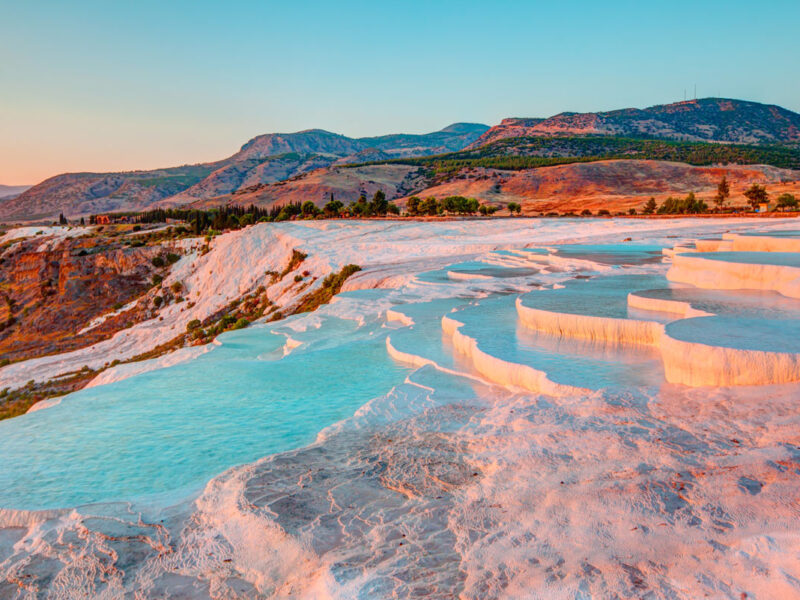
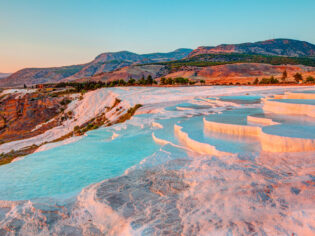
Who doesn’t love a soak in a hot spring? (Image: murat4art via Getty Images)
Remote Arctic archipelagos, bustling urban centres and bleak lava fields. Which of these hot springs would you pick?
Who doesn’t love a soak in a hot spring? But our addiction is nothing new. Our ancestors have sought out sulphur-rich baths for thousands of years. Clearly, humanity is on to a good thing when stepping into these dreamy pools. Here are our top picks to add to your bucket list.
1. Blue Lagoon – Grindavík, Iceland
In a bleak field of cooled lava on the Reykjanes Peninsula, this otherworldly milky blue pool (a blend of seawater and underground water) is the most beloved of Iceland’s many geothermal spas.
Visitors can expect to leave this man-made lagoon with picture-perfect skin, thanks to the high levels of silica in the Blue Lagoon, which makes smearing its white mud on our faces so deliciously tempting.
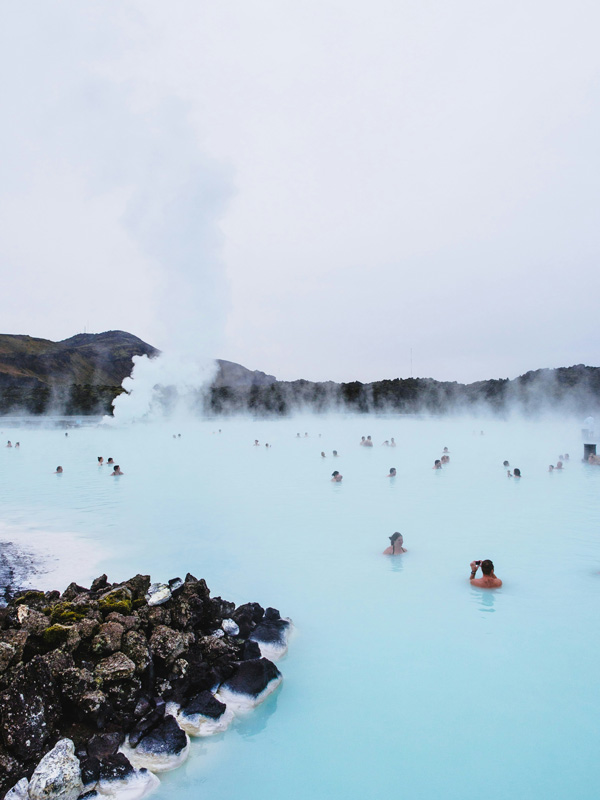
The Blue Lagoon is beloved in Iceland. (Image: Jeff Sheldon)
2. Manikaran Hot Springs – Himachal Pradesh, India
This peaceful hot spring on the Parvati River in India beckons religious visitors and tourists from all over the world. Hindus and Sikh pilgrims have religious myths associated with the sacred site, and temples are nearby. At over 1700 metres, some of the waters here can be hot enough to cook dal, but there are plenty of places you can enter the water safely.
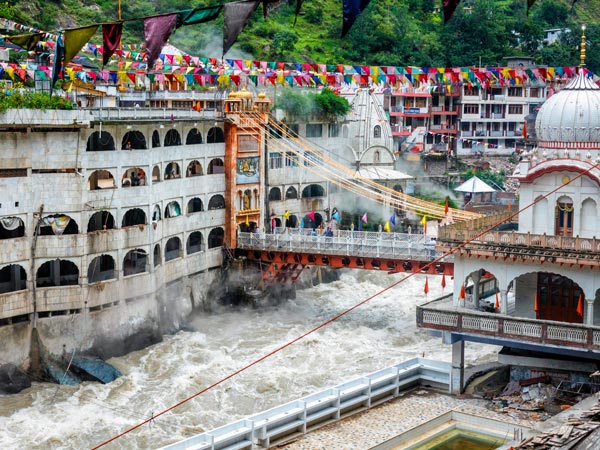
Hindus and Sikh pilgrims have religious myths associated with Manikaran Hot Springs. (Image: f9photos via Getty Images)
3. Pamukkale – Denizli, Türkiye
Pamukkale in Türkiye is named for its towering white tiers, with ‘Pamukkale’ translating as ‘cotton castle’. Waters full of calcite carbonate minerals have created awesome terraced basins, mineral forests and frozen waterfalls.
Along with the ancient spa town of Hierapolis above the thermal springs, Pamukkale is a UNESCO World Heritage site.
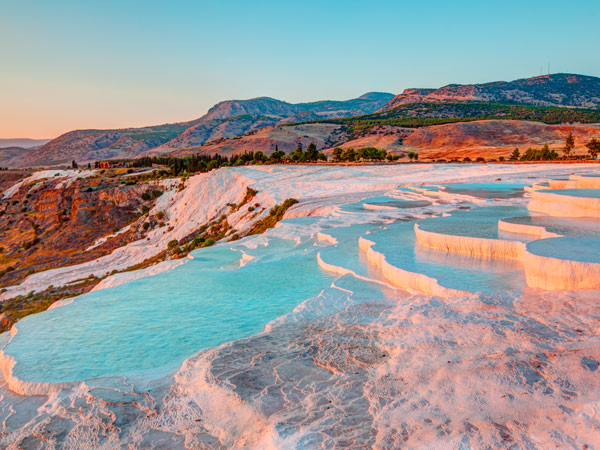
Pamukkale translates to ‘cotton castle’. (Image: murat4art via Getty Images)
4. Hakone National Park – Yamanashi, Shizuoka and Kanagawa Prefectures, Japan
A stone’s throw from Mt. Fuji, the Hakone National Park is chock-a-block with natural hot springs, best known in Japan as onsens.
The ancient and active Hakone volcano heats up the underground water, making the perfect environment for the park’s many public onsen and private ryokan baths.
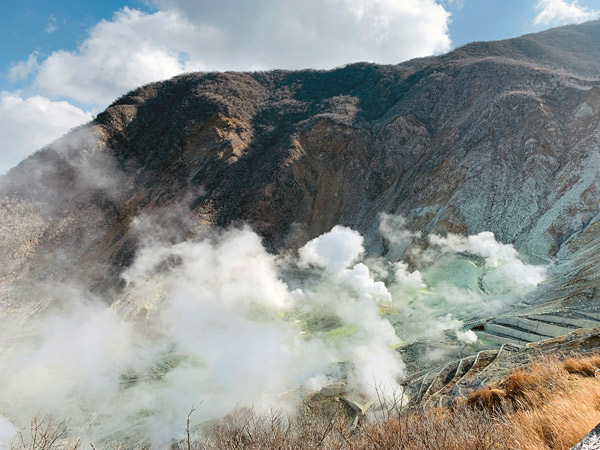
Hakone National Park is chock-a-block with natural hot springs. (Image: Yusheng Deng)
5. Banff Upper Hot Springs – Banff National Park, Alberta, Canada
In the heart of the Canadian Rockies on Sulphur Mountain, the Banff Upper Hot Springs are famous for their combination of hot waters rich with sulphate, calcium, magnesium, bicarbonate and sodium. Visitors can relax their muscles away while taking in the snow-capped mountains all around them.
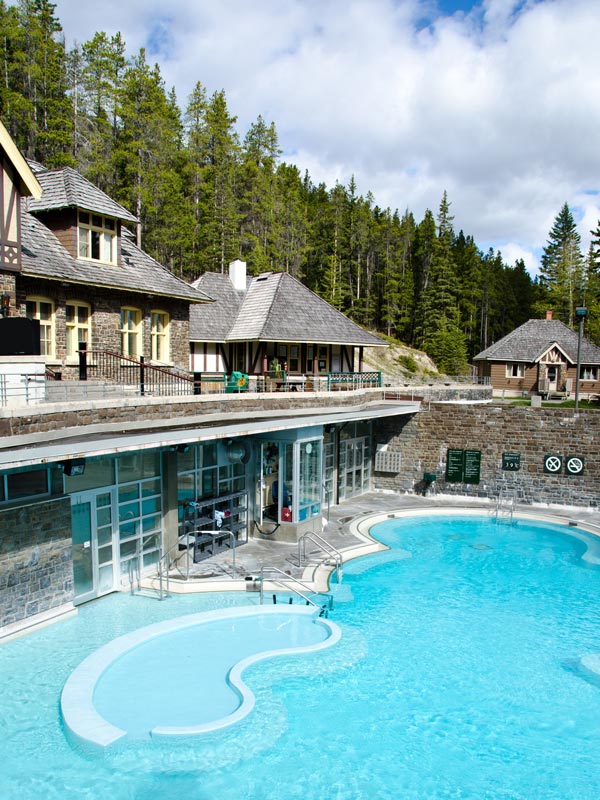
Relax and take in the snow-capped mountains all around you. (Image: wwing via Getty Images)
6. Rotorua Hot Springs – Rotorua, North Island, New Zealand
An active lifestyle makes this volcanic park in New Zealand a must-see for travellers, with hot springs, geysers and mud pools all fighting for your attention.
Because of the mineral-rich water, Rotorua has long been popular among visitors, as well as having spiritual significance for the local Māori people.
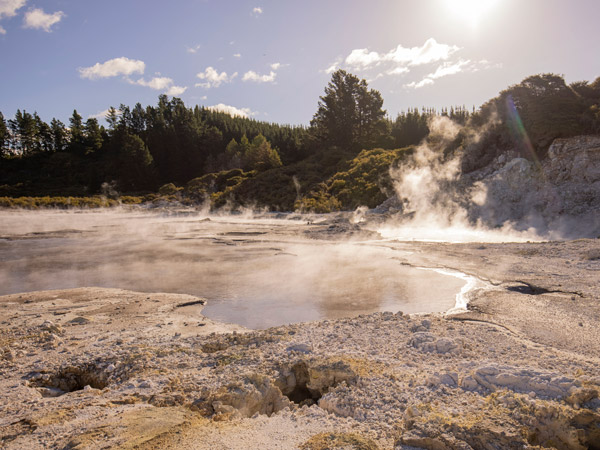
Rotorua has spiritual significance for the local Māori people. (Image: Graeme Murray)
7. Svalbard Thermal Springs – Svalbard Archipelago, Norway
The Arctic is not a place you might associate with anything close to heat. But upon the Svalbard Archipelago, between Norway and the North Pole, thermal activity has created springs at the edge of Bockfjorden.
At 25 to 28 degrees Celsius, they are more akin to warm springs than hot springs but are much warmer than the frozen glaciers around you. Keep an eye out for the polar bears!
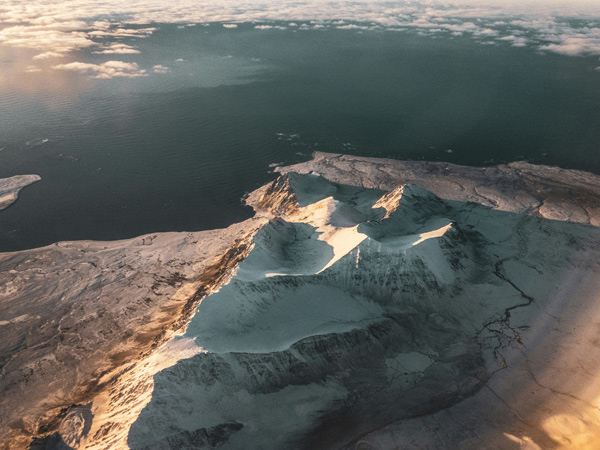
Thermal activity has created springs at the edge of Bockfjorden. (Image: Chris Havard)
8. Glenwood Springs – Colorado, USA
The US has never been one to do halves, and that comes to the size of their hot springs as well. Glenwood Springs in the Rocky Mountains is one of the largest mineral hot springs pools in the world. Its iron and mineral-rich water has been attracting health-conscious visitors for centuries.
The springs themselves are surrounded by the peaks and forests of Roaring Fork Valley.
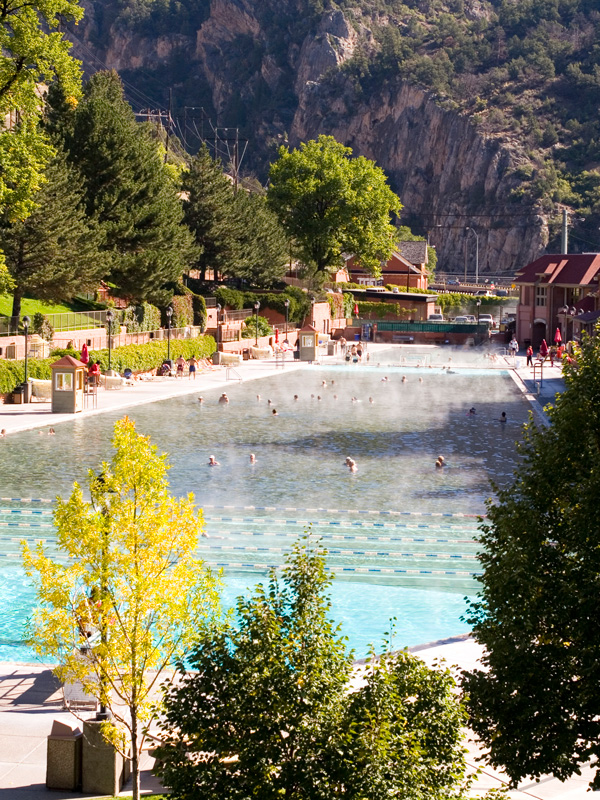
Glenwood is one of the largest mineral hot springs pools in the world. (Image: Lynn Grae)
9. Hot Water Beach – Coromandel Peninsula, New Zealand
It’s a DIY hot spring at this Kiwi beach. Famously, visitors can lie on the sand and dig a pit in the sand. Because of the underground geothermal activity, warm waters bubble up to fill it. Just make sure it is not too hot before you hop in.

Visitors can lie on the sand for a natural spa bath. (Image: Matt Crawford)
10. Thermae Bath Spa – Bath, England
Come to take the waters? Everyone from the Romans to Jane Austen’s best-loved characters travelled to Bath in England for its mineral-rich waters filled with calcium and sulphur.
While you can’t go in the original Roman baths any longer, Thermae Bath Spa is just next door and is fed by the same – but cleaner – water.
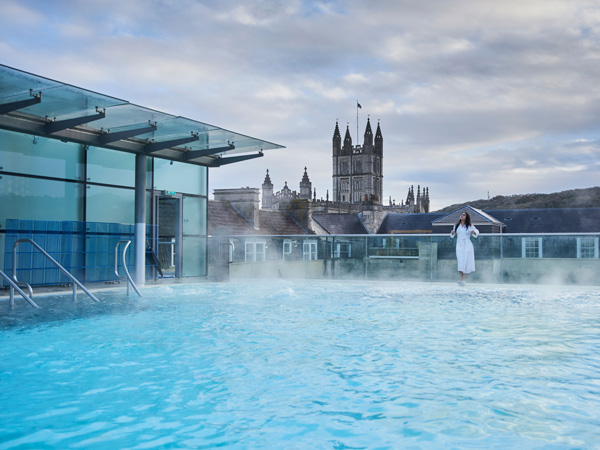
Thermae Bath Spa is fed by the same – but cleaner – water as the original Roman baths. (Image: Visit Britain)
11. Széchenyi Thermal Bath – Budapest, Hungary
The Széchenyi Thermal Bath is situated within a gorgeous, butter-yellow neo-baroque building from the early 20th century in Budapest’s Városliget City Park. But it’s not just a pretty face.
The medicinal bath is one of the largest in Europe and is rich in calcium, magnesium and sulphate. Try to get here in winter to bathe in 38-degree water surrounded by drifting snow.

Széchenyi Thermal Bath is rich in calcium, magnesium and sulphate. (Image: Yoav Aziz)
12. Saturnia – Tuscany, Italy
The springs of Saturnia are most famous for their natural terrace formation, with smooth sections of limestone and individual basins in which to relax.
Known as the Cascate del Mulino or Waterfalls of the Mill, this part of southern Tuscany has been visited for thousands of years for its supposed healing properties.
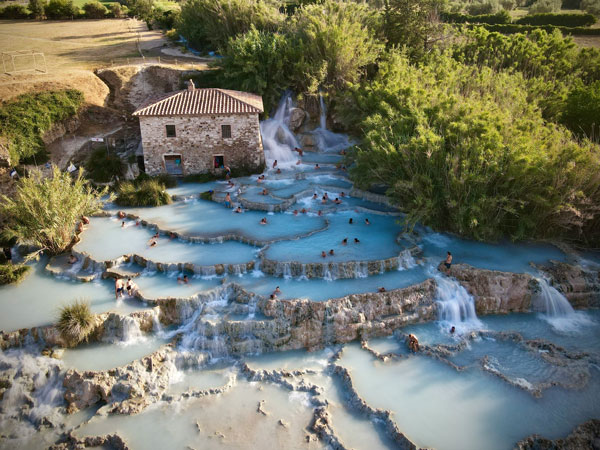
Saturnia has been visited for thousands of years for its supposed healing properties. (Image: Mark Pisek)
13. Huanglong – Sichuan Province, China
The hot springs of Huanglong are world famous for their tumbling travertine terrace. Thanks to the mix of minerals, algae, temperature and seasonal temperatures, the light refracts and creates a gorgeous interplay of glowing turquoises, mint greens, porcelain whites and foggy yellows that wind down the curving hillside for almost four kilometres. As a protected UNESCO World Heritage site, you cannot swim in the ‘Yellow Dragon’ pools.
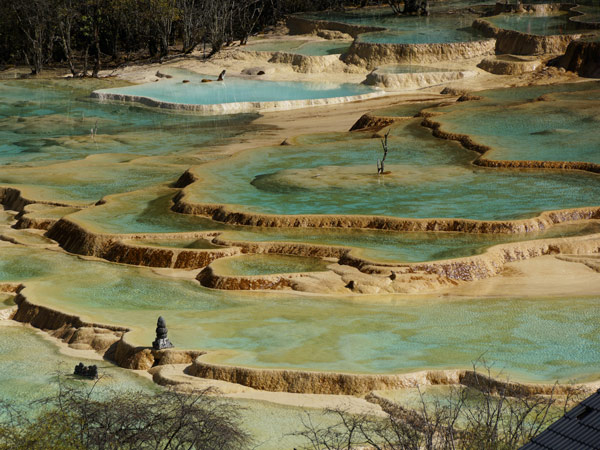
The hot springs of Huanglong are world famous.








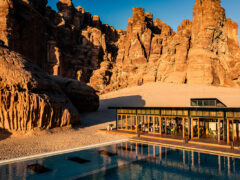
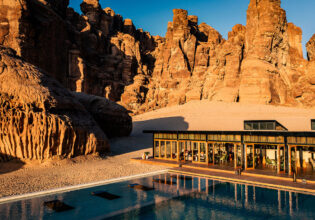
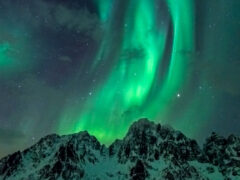
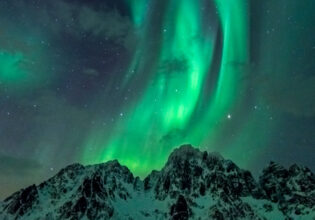

LEAVE YOUR COMMENT